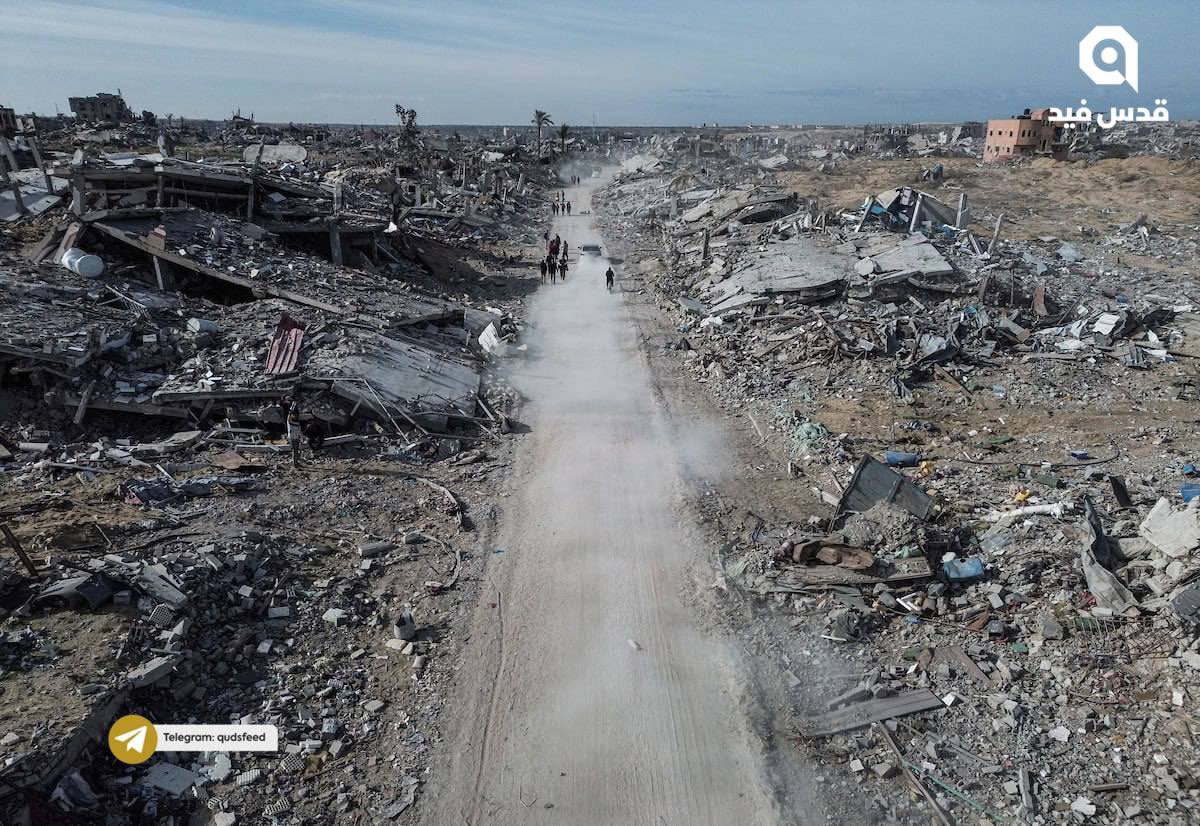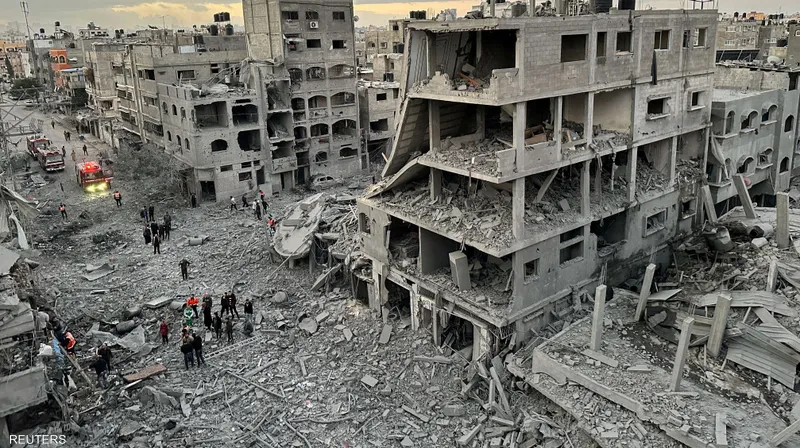
After more than 15 months of the bloody Israeli genocide, the Gaza Strip appears as if it has just emerged from a devastating earthquake due to the massive destruction of buildings, facilities and streets.
The destruction of infrastructure, including homes, buildings, facilities, streets, water and sewage networks, stands unprecedented in modern history.
This destruction, halted for the time being by a ceasefire agreement that went into effect between Hamas and Israel last Sunday morning, days after it was reached through US, Qatar and Egypt mediation has left a stark and harsh humanitarian reality.
Gaza Government Media Office figures released Tuesday, states the Israeli army dropped over 100,000 tons of explosives on the Strip causing the destruction of about 88 percent of the infrastructure, homes, water and sewage networks, electricity and the economy.
The cost of the initial direct losses from this war of extermination exceeds $38 billion.
The first phase of the agreement is scheduled to last for 42 days, during which negotiations will be held to start a second and then a third phase.
Between October 7, 2023 and January 19, 2024, the Israeli genocide left more than 157,000 Palestinians dead and wounded, most of them children and women, and more than 11,000 missing. This is one of the worst humanitarian disasters in the world.





